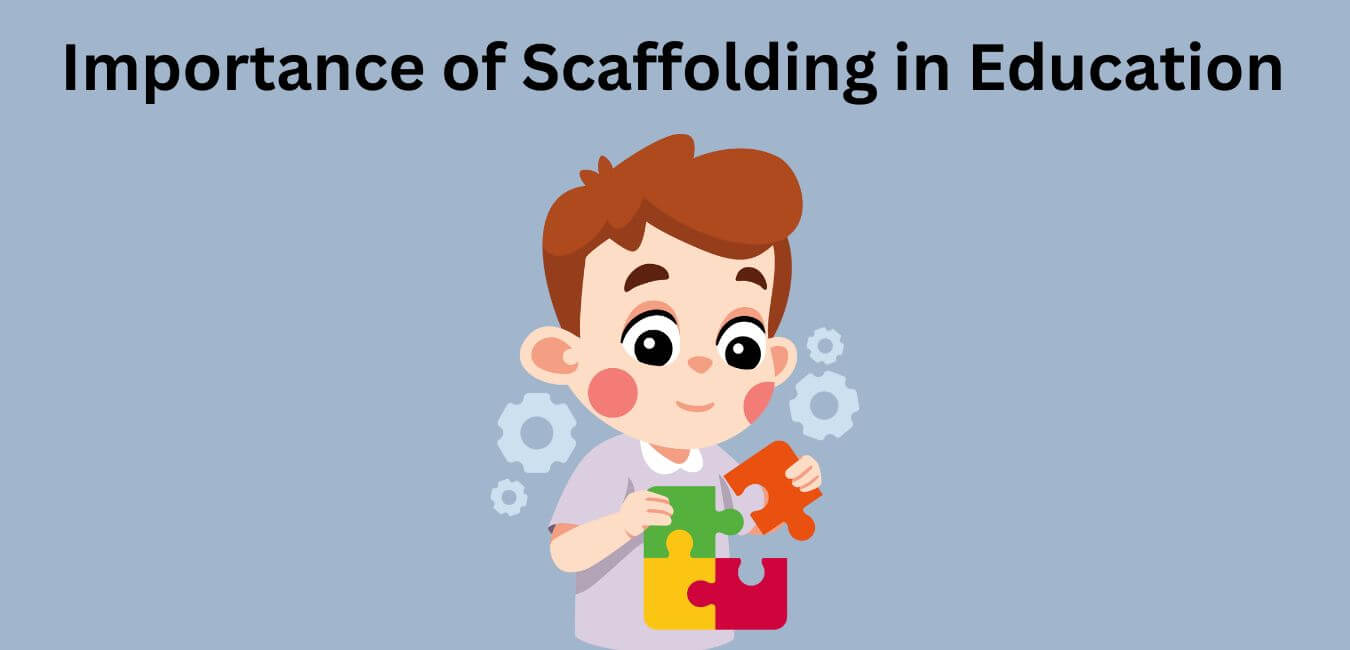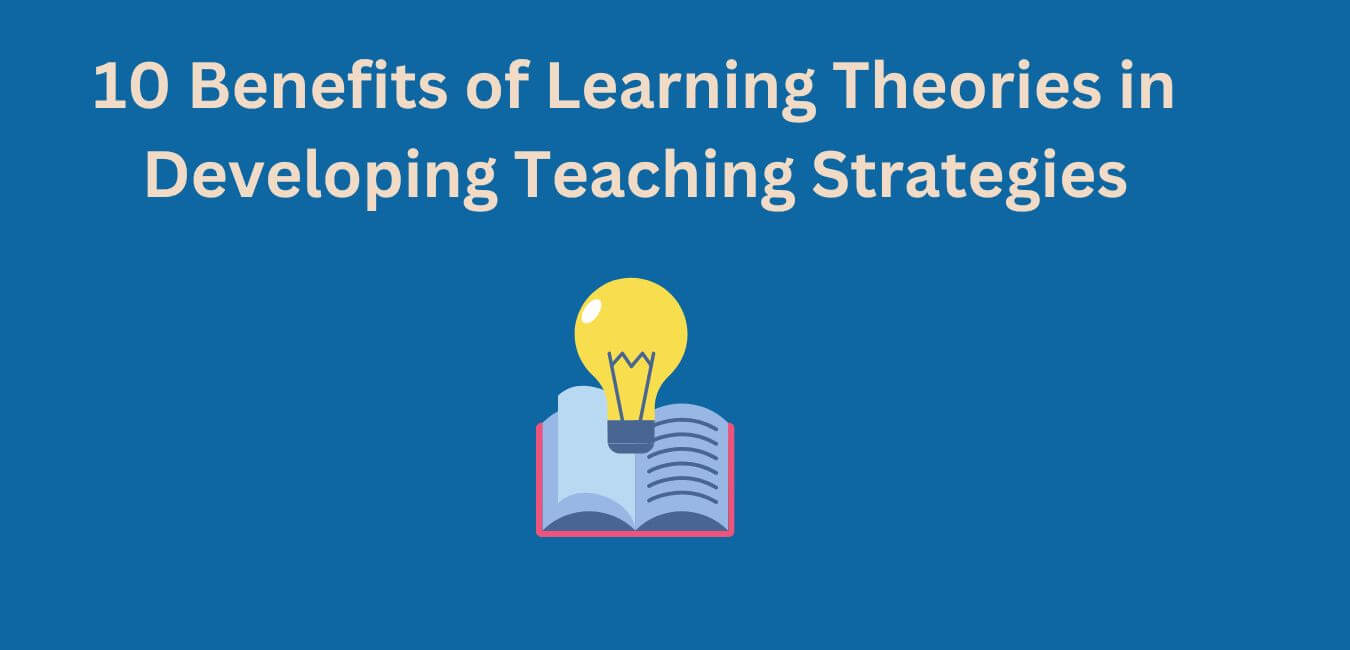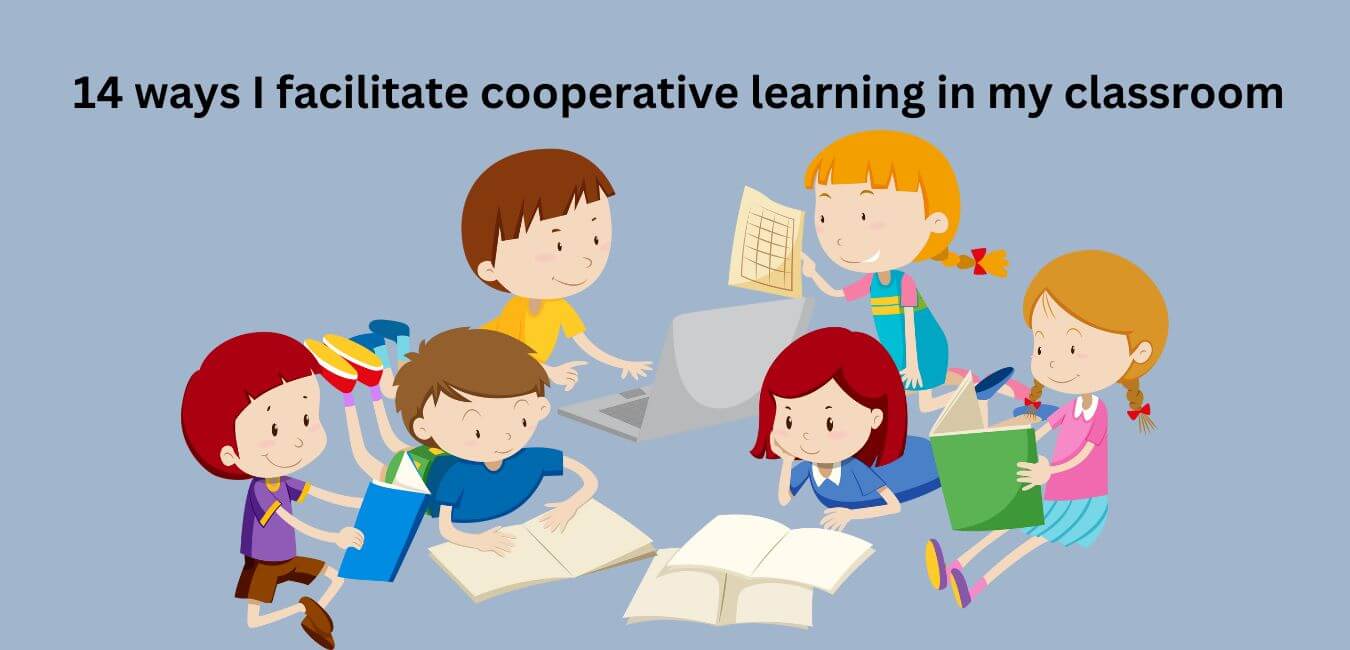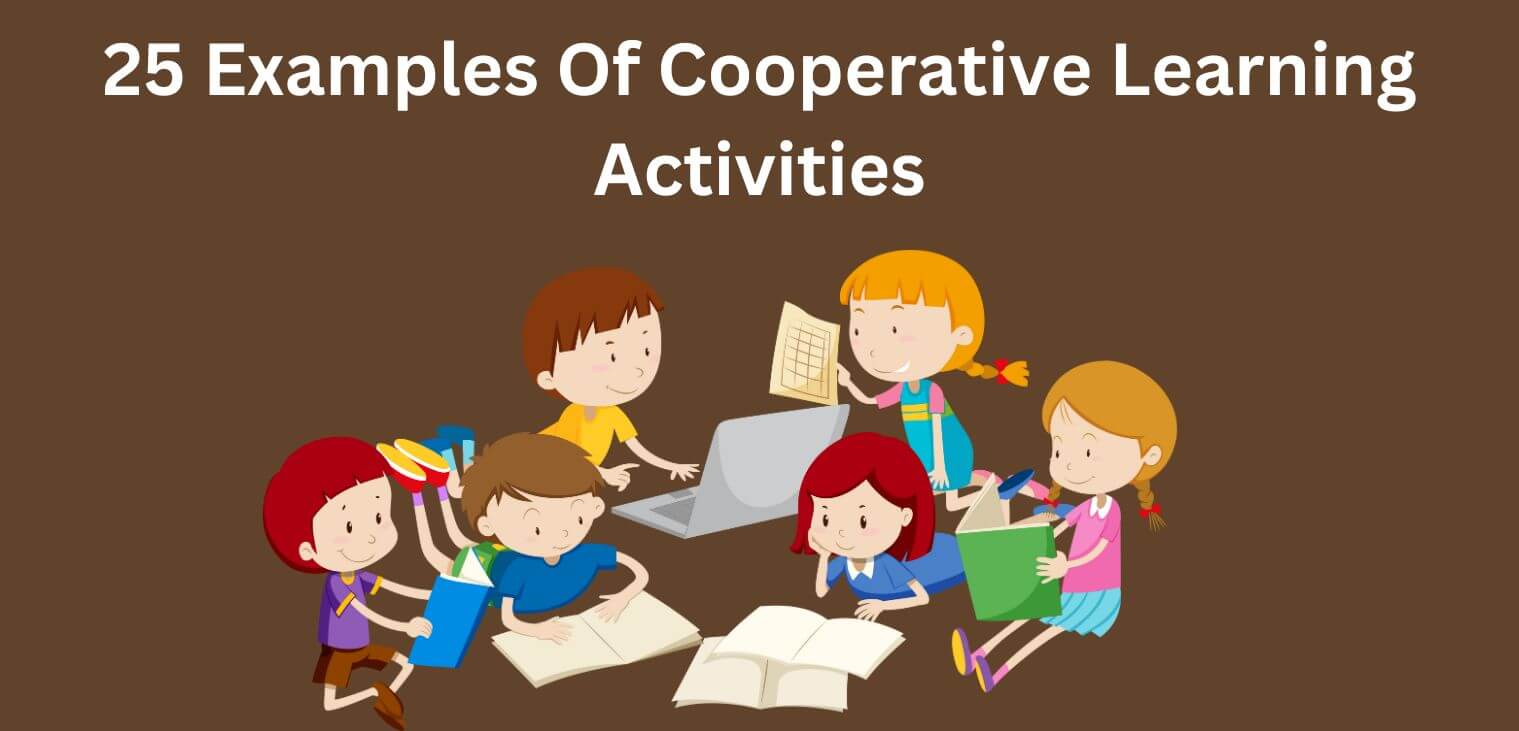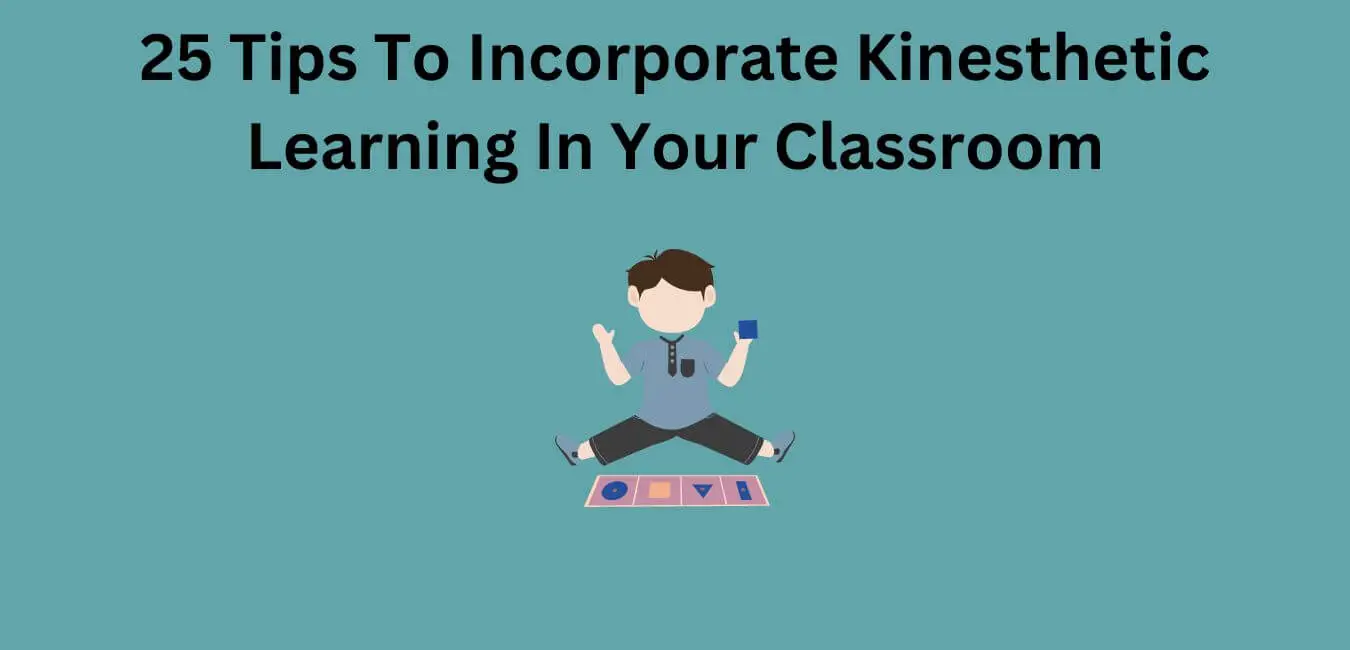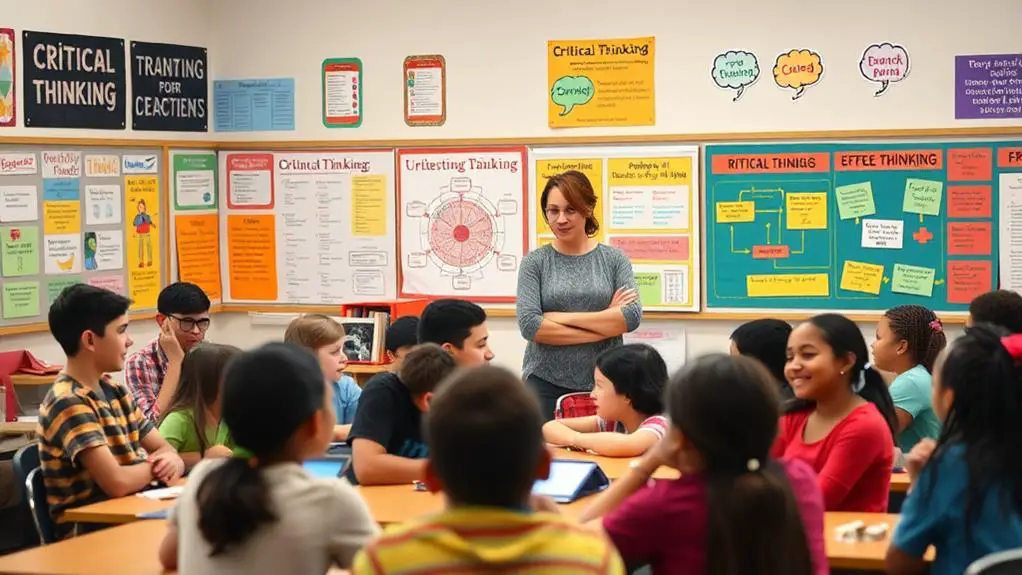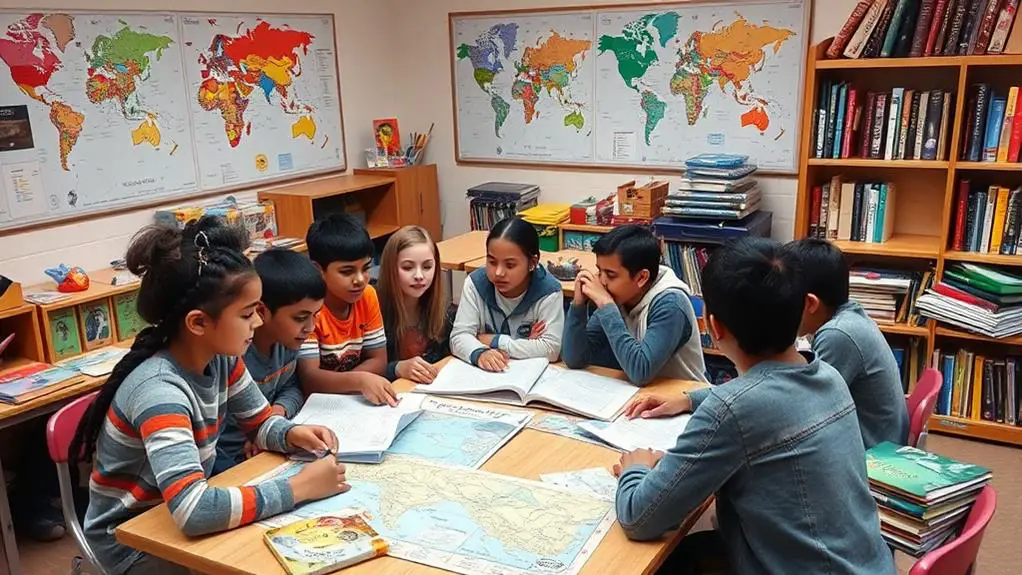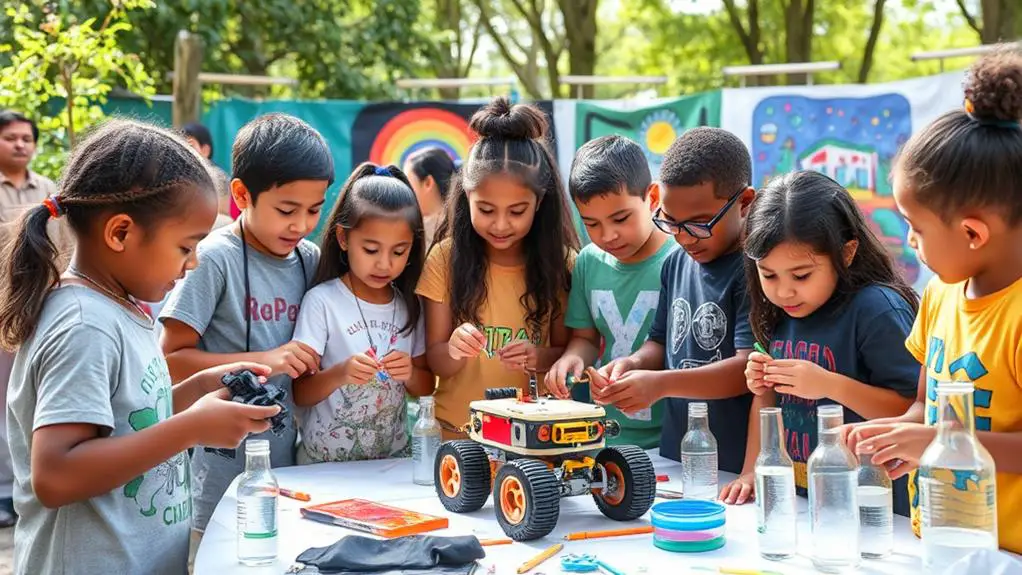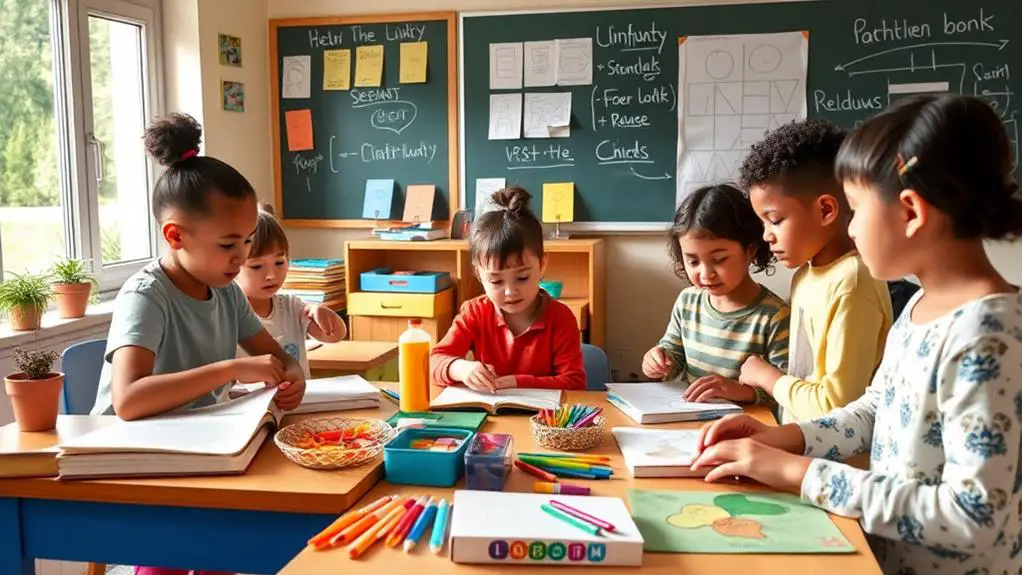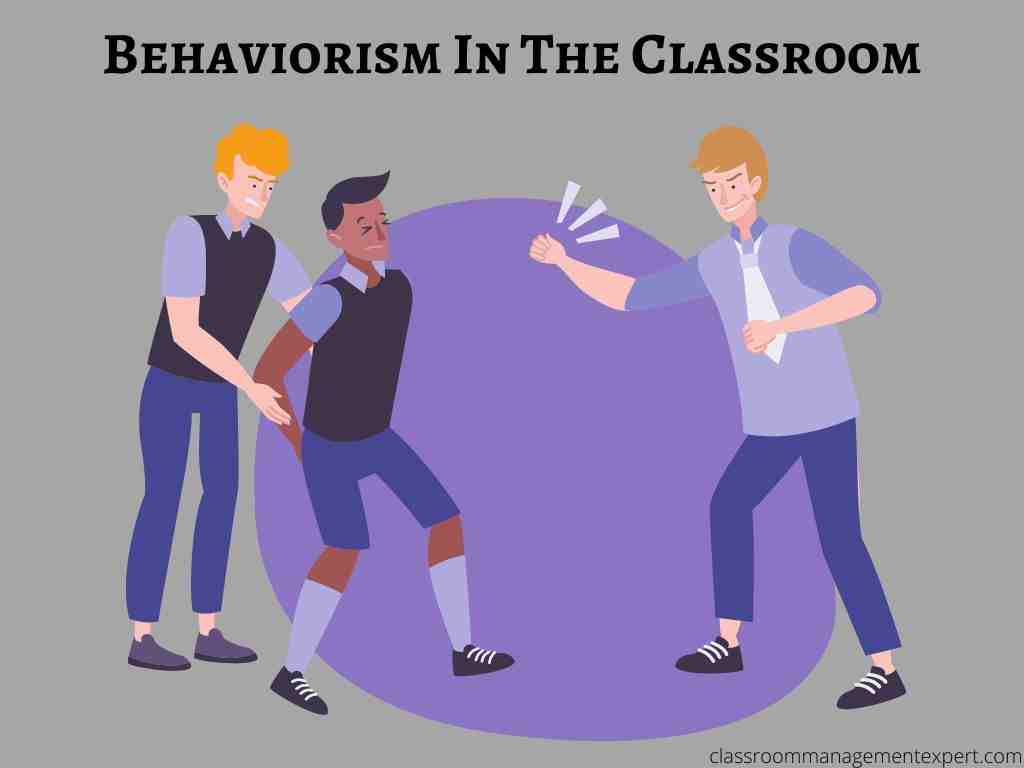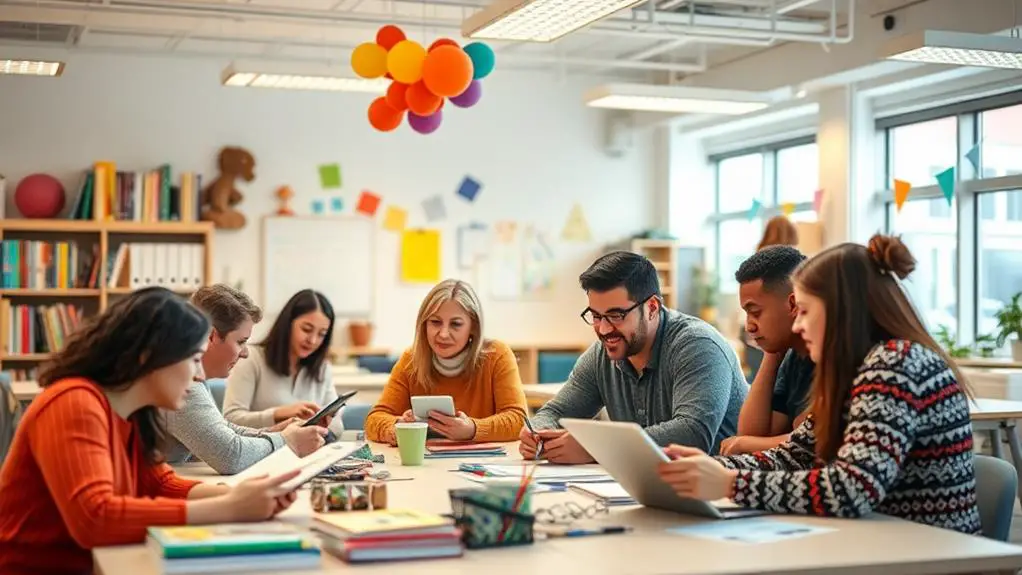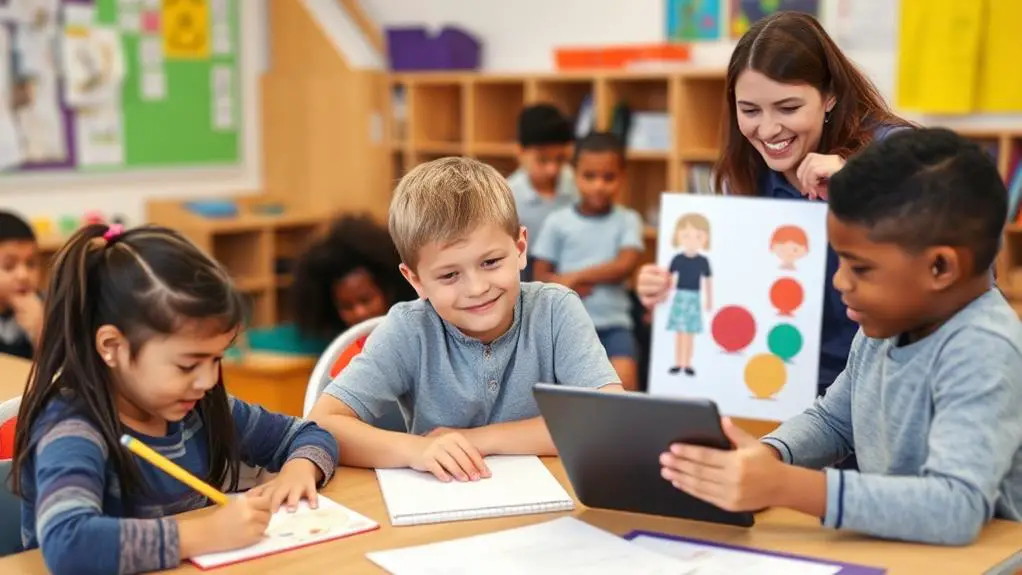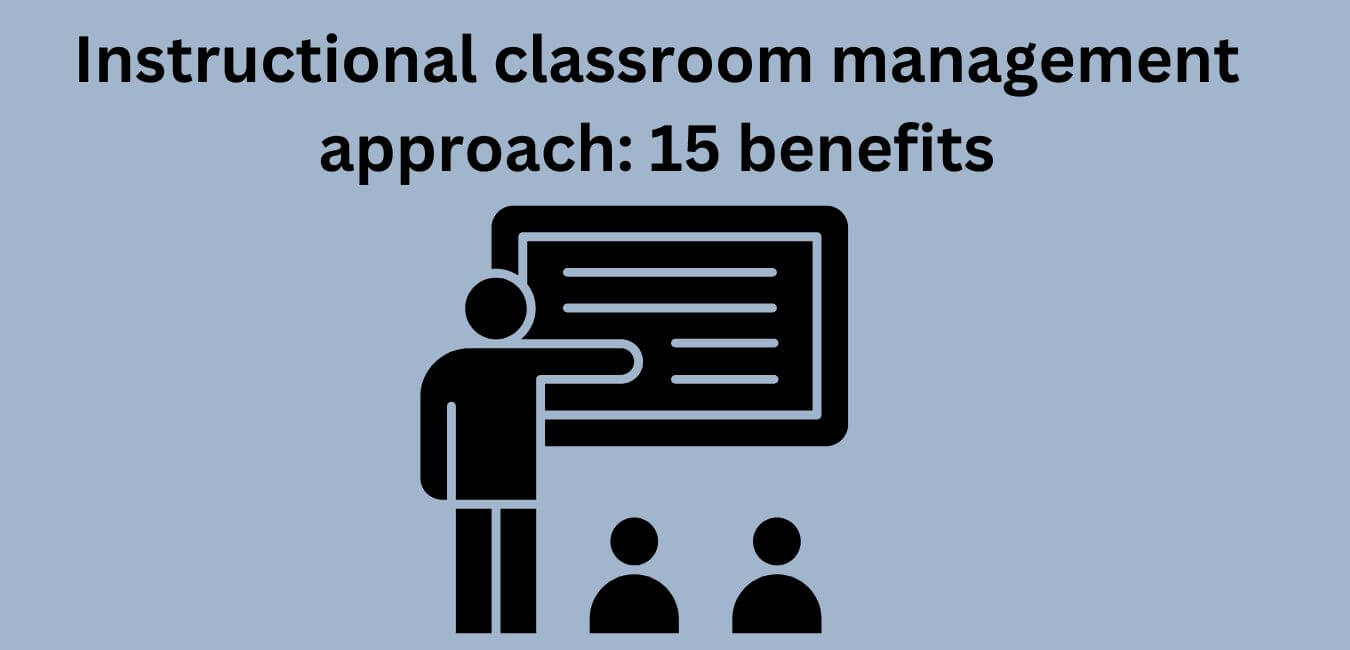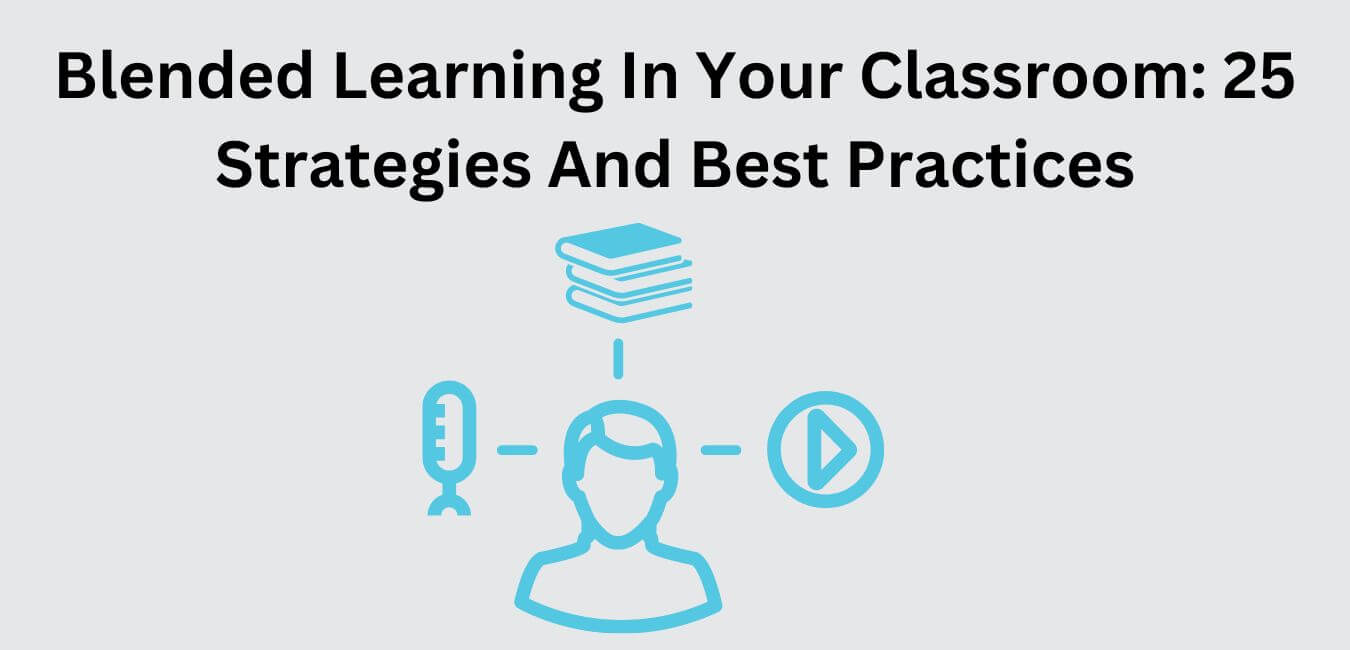Scaffolding is an essential component of the educational process. It is a teaching strategy used by educators to support and guide students as they learn new concepts and skills.
The purpose of scaffolding is to help students build their knowledge and confidence by providing them with the necessary structure and support to understand new ideas.
Scaffolding can take many forms, ranging from modeling instructional strategies, providing feedback, and teaching strategies that promote independent learning.
The importance of scaffolding lies in its ability to ensure that every student reaches their maximum potential by making sure that they have acquired a solid foundation. This makes it an integral part of any quality educational experience.
In this article, we will explore the benefits of scaffolding in education and how it can enhance student learning outcomes.
What is Scaffolding?
Scaffolding in education is a process of instruction that provides structure and guidance to help students learn complex tasks.
It involves breaking up the learning into smaller chunks and providing a tool or structure with each chunk. This helps students master a task or concept that they are initially unable to grasp independently.
Providing frequent successes encourages learner independence and helps them develop critical thinking skills.
Scaffolding also creates a positive learning environment where students feel supported, can ask questions, and encourage their peers.
With this method, teachers are able to adapt to different learners, promote self-directed learning and help students build on their knowledge.
Ultimately, scaffolding simplifies complex tasks and improves retention by providing a supportive learning environment.
Reasons Why Scaffolding is Important in Education
1. Create a Positive Learning Environment
One of the most important benefits of scaffolded instruction is that it creates a positive learning environment for students. By providing frequent successes, scaffolding encourages students to stay engaged and motivated.
In a scaffolded learning environment, students feel supported; they are able to ask questions, encourage their own understanding, and gain more confidence in their abilities.
This type of instruction also helps students develop critical thinking skills by allowing them to make their own decisions and take ownership of their learning.
Furthermore, scaffolding can be adapted to different learners and can help students connect to prior knowledge or build on existing knowledge.
Ultimately, scaffolding promotes a supportive learning environment that encourages self-directed learning and cooperative learning.
2. Frequent Successes
Frequent successes are an important part of scaffolding in education, as they help to control frustration levels and create a positive learning environment.
By providing frequent successes, students are able to build on their knowledge and develop critical thinking skills.
This also encourages self-directed learning and cooperative learning, as students feel supported in their efforts.
Additionally, these successes provide structure and guidance to help students connect to prior knowledge and practice skills in a safe environment.
With the right support and guidance, students can feel empowered to take on more complex tasks with confidence.
3. Improves Retention
Scaffolding can be a great way to help students retain new information. By breaking down complex topics into smaller chunks, students are able to process the material more easily.
Additionally, scaffolding helps connect foundational knowledge to new concepts, allowing students to make meaningful connections between their existing knowledge and the new material they’re learning.
This helps to ensure that students are able to understand and remember the material they’re learning in your classroom.
Through engaging activities, feedback, and dialogue, instructional scaffolds provide a safe environment for students to explore and experiment with the material they’re studying, making it easier for them to retain the information in the long run.
4. Provide Support
Scaffolding provides an essential level of support to students as they learn. It gives them the opportunity to develop their skills and understanding in a safe environment, with guidance from the teacher.
As students progress, scaffolding can be adjusted to provide the right level of support. This helps them learn more independently and with greater confidence.
With scaffolding, teachers can help students make connections between prior knowledge and new concepts.
It also encourages cooperative learning among students, as they work together to understand ideas and make progress.
5. Encourage Learner Independence
Scaffolding is an important approach to teaching that encourages learner independence. By providing students with the appropriate structure and guidance, teachers are able to help them develop the skills they need to become independent learners.
Through scaffolding, students are able to practice and refine their skills in a safe environment while still feeling supported by their teachers.
Scaffolding also helps students connect new information to their prior knowledge, which allows them to build on what they already know and gain a better understanding of the material.
Ultimately, scaffolding helps students become more self-directed learners who are better equipped to tackle challenging tasks.
6. Help Students Develop Critical Thinking Skills
Scaffolding can help students develop critical thinking skills by providing them with the structure and guidance they need to tackle complex tasks.
By teaching mini-lessons and evaluating the student’s prior knowledge, scaffolding can create an environment where students feel comfortable and supported when asking questions and exploring their own thinking processes.
It also gives students the opportunity to practice their skills in a safe environment and encourages cooperative learning among peers.
With scaffolding, students can connect new information to prior knowledge, build on what they already know, and gain a deeper understanding of the material.
Ultimately, scaffolding can help students become more independent thinkers and confident learners.
7. Adapt to Different Learners
Scaffolding can help to adapt instruction to different learners, allowing them to progress at their own pace and in their own way.
By breaking down the learning into manageable chunks, students can build on their knowledge and skills in a safe environment, encouraging them to be self-directed learners.
Scaffolding also helps to bridge the gap between what students know and what they don’t know while providing frequent successes along the way.
By providing structure and guidance while also allowing students to explore with independence, scaffolding offers a supportive learning environment that is tailored to each individual learner’s needs.
8. Provide structure and guidance
Scaffolding provides structure and guidance for students to help them develop their understanding, skills, and knowledge.
It breaks learning down into manageable chunks so students can gradually build on their understanding and skills.
Additionally, scaffolding provides models to help students learn how to solve problems and practice the skills they are being taught.
The guidance provided by scaffolding helps ensure that the learning process is more effective and efficient and that students have the necessary support to reach their goals.
9. Gives the opportunity to practice skills in a safe environment
Scaffolding provides an ideal opportunity for students to practice their skills in a safe environment.
By providing structure and guidance, teachers can ensure that students are able to practice and apply their skills without feeling overwhelmed or intimidated.
Through scaffolding, students can build on their prior knowledge and develop more advanced skills with the support of an experienced teacher.
This helps to foster a positive learning environment where students feel supported in their journey of learning.
Additionally, scaffolding gives students a chance to practice collaborative learning, which can help foster social-emotional development and anti-bullying strategies.
10. Helps students connect to prior knowledge
Scaffolding helps students connect their prior knowledge to new learning and encourages them to think more deeply and critically about the material.
Through the use of modeling, guided practice, and breaking learning into manageable chunks, students are able to understand new concepts more easily.
This helps them make connections between their existing knowledge and new knowledge, as well as engage in higher thinking and dialogue.
As a result, students become more confident in their abilities and are better equipped to tackle complex tasks independently.
11. Encourages cooperative learning
Scaffolding encourages cooperative learning, which is especially important in a classroom setting. By providing structure and guidance, students can work together and collaborate more effectively.
With scaffolding, teachers provide a safe environment for learners to practice their skills and receive feedback from their peers in order to develop their understanding.
This encourages the development of communication skills as well as a sense of responsibility within the group.
Through cooperative learning, students are able to gain insight into different perspectives, develop critical thinking skills, and gain a deeper understanding of the material.
Scaffolding provides an opportunity for learners to practice these important skills in a safe and supportive environment.
12. Promote self-directed learning
Scaffolding is an effective teaching strategy for promoting self-directed learning. It encourages learners to take initiative and develop their own strategies for solving problems and mastering new skills.
Through scaffolding, educators can provide students with the support they need to become independent thinkers.
In addition, scaffolding can help students develop critical thinking skills and build on their prior knowledge.
By providing structure and guidance, scaffolding enables students to practice their skills in a safe environment and foster cooperative learning among their peers.
With scaffolding, educators can create a positive learning environment that encourages independence and exploration.
13. Helps students build on their knowledge
Scaffolding is an effective tool to help students build on their knowledge. It enables them to make connections between previous knowledge and new knowledge by providing structure and guidance.
It is crucial to successful scaffolding to have an understanding of the student’s prior knowledge and abilities.
By using explicit instruction, teachers can create a positive learning environment where students are encouraged to ask questions and take risks.
With frequent successes, scaffolding helps students retain information more easily. It also provides support for those who need it, while promoting independence for those who don’t.
Most importantly, it helps students develop critical thinking skills and gives them the opportunity to practice new skills in a safe environment.
With scaffolding, learners can make connections between different topics and build on their knowledge.
14. Scaffolding simplifies complex tasks
Scaffolding simplifies complex tasks and gives students the opportunity to practice their skills in a safe and secure environment.
Through scaffolding, teachers can provide structure and guidance, breaking down complex concepts into smaller and more manageable chunks.
This helps students connect to prior knowledge and encourages cooperative learning, allowing them to build on their existing knowledge base.
Scaffolding also helps students develop critical thinking skills as they are presented with tasks that require problem-solving.
By providing frequent successes and support, scaffolding encourages learner independence.
Conclusion
In conclusion, scaffolding serves as an effective tool for facilitating learning in diverse educational settings. It is particularly important when engaging students in complex tasks that require critical thinking and problem-solving skills.
By providing students with the necessary support, scaffolding enables them to build their knowledge and understanding gradually, thereby enhancing their confidence and motivation to learn.
Additionally, scaffolding promotes learning that is student-centered, as it helps educators to tailor their teaching approaches to meet the needs of individual learners.
However, the effectiveness of scaffolding in education relies heavily on the ability of educators to strike a balance between providing enough support and allowing for independent learning.
Therefore, educators need to be thoughtful and strategic in their use of scaffolding techniques, always ensuring that they align with the learning objectives and learners’ needs.

